Learn more about Bird Island NC – located just outside of Sunset Beach near Ocean Isle Beach. Bird Island is an island located just off the coast of the Carolinas. Bird Island is unique because it’s not developed – just long white sandy beaches. A totally unique place – Bird Island is like no other spot from Ocean Isle Beach to Myrtle Beach. With places to walk, relax and just enjoy without any neon lights and noise.
Bird Island is home to great fishing spots too. Just off the island you can toss a line and enjoy catching redfish, hogchokers, grouper, sea bass and tons more. Fishing from the island will let you relax and have a good time just enjoying the quiet and calm waters.
Not just in the water, Bird Island has all kinds of wildlife! From goats to sea stars back to alligators and deer, the amazing number of animals (both land & sea) on the island is a sight to see. If you’re looking to see some photographs of different wildlife on the island, check out this website.
If you’re waiting for some others to finish fishing, you can of course drop by the Kindred Spirit Mailbox, a local attraction in its own right. The Kindred Spirit Mailbox lets you leave letters in blank notebooks for all to see and share with the world. It’s a very private and intimate experience. When you go, you’ll see notes from others on lost love, triumph and more.
In addition, Bird Island, NC is home to ecological studies and wildlife research. Animals like loggerhead sea turtles are protected at the island by the Coastal Reserve and National Estuarine Organization.
Saving Bird Island from Development
The owner of the island intended to construct a mile-long bridge from Sunset Beach across Mad Inlet in 1992 in order to provide access to Bird Island. The formation of the citizen-based organization Bird Island Preservation Society was spurred by development proposals. To protect the island, the Society collaborated with Audubon North Carolina, the North Carolina Coastal Federation, and the North Carolina Coastal Land Trust.
Permits to construct the planned bridge system across Mad Inlet were rejected after years of pleading with state and federal officials.
Today, Bird Island is protected as a Coastal Reserve. With money from the Natural Heritage Trust Fund, the North Carolina Department of Transportation, and the Clean Water Management Trust Fund, the state of North Carolina acquired Bird Island in 2002. Bird Island is currently a part of the Coastal Reserve Program run by the North Carolina Division of Coastal Management, whose goal is to protect distinctive coastal areas through research, instruction, and leadership.
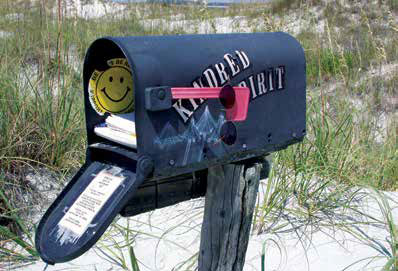

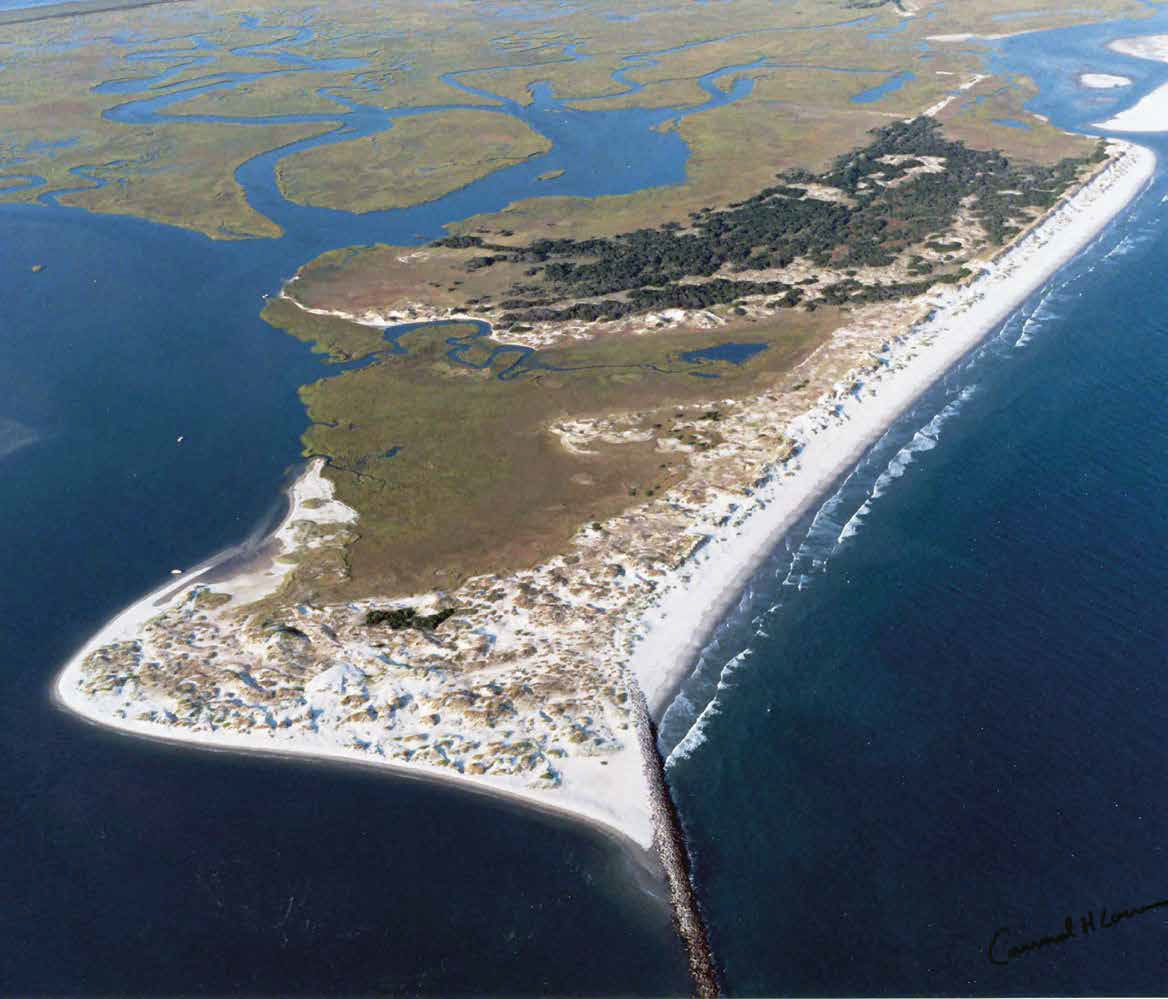
- The Reserve is open to visitors year round. The Intracoastal Waterway can be reached by boat or foot for the general public to access the Reserve.
- The Reserve is undeveloped and offers no visitor facilities.
- Visit at your own risk. Be prepared with proper equipment and supplies.
- Fires, fireworks, and camping are prohibited.
- Firearms, except as allowed by state hunting rules, are prohibited.
- Target shooting is prohibited.
- Nudity is prohibited.
- Pet owners, please remember to pick up after your pets.
- Without a current permit, no plant or animal removal or disturbance is permitted.
- Please protect fragile vegetation by staying off the dunes.
- Please do not litter.
- Recreational/off-road vehicles are prohibited.
The low-lying barrier island habitats are visible as you stroll along the Bird Island beach strand. The Reserve’s habitats include upper beach, sand dunes, maritime grasslands, shrub areas, salt marsh, and mud flats. They run from the ocean on your left to the sound on your right. Part of the estuary, where fresh river water meets salty ocean water, is the Reserve. One of the earth’s most productive ecosystems is saltwater marshes. They keep pollutants out of the water and give young fish and shellfish a place to live and eat. The Reserve’s unspoiled state serves as a home for a variety of coastal plants and animals.
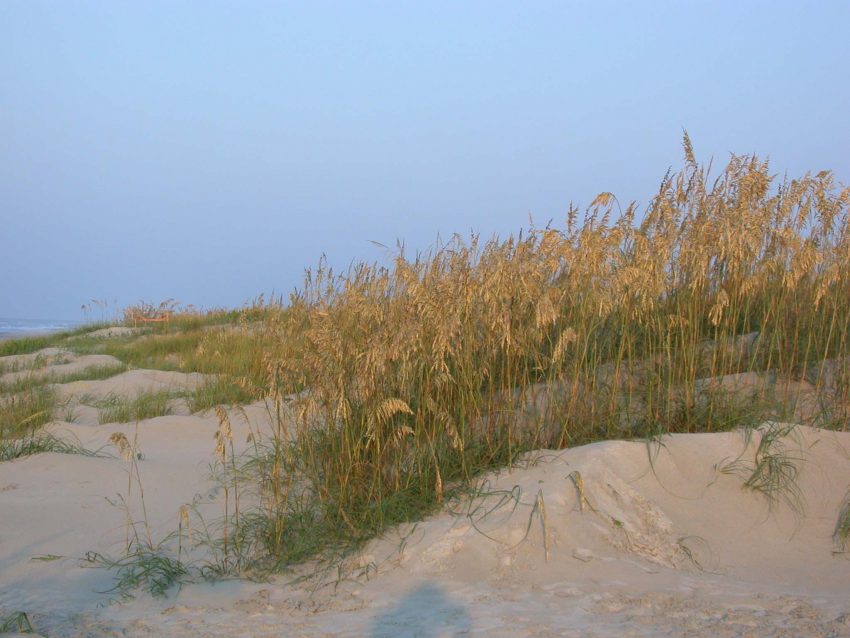
As winds from the ocean come ashore, they slow down and release their load of fine “sugar” sand, forming dunes grain by grain. The dunes expand as sand gets trapped by vegetation or other obstacles. Bird Island’s dune system consists of large frontal and secondary dunes, some of which are more than 20 feet tall. The dominant plant that keeps the dunes in place is sea oats.
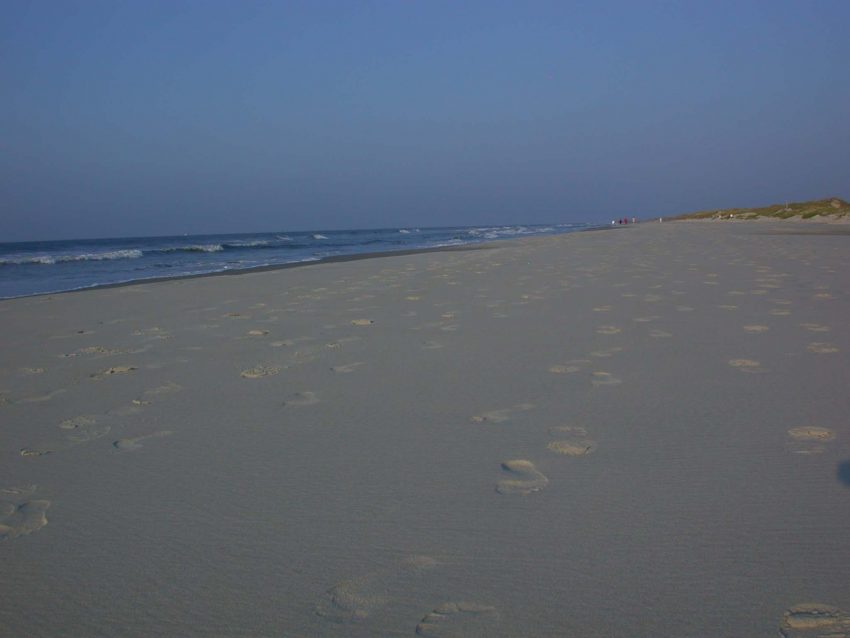
From the high tide line to the sand dunes is the upper beach. For loggerhead sea turtles and some ground-nesting shorebirds, including the American oystercatcher, terns, black skimmers, and Wilson’s plover, the upper beach area is a crucial nesting site.
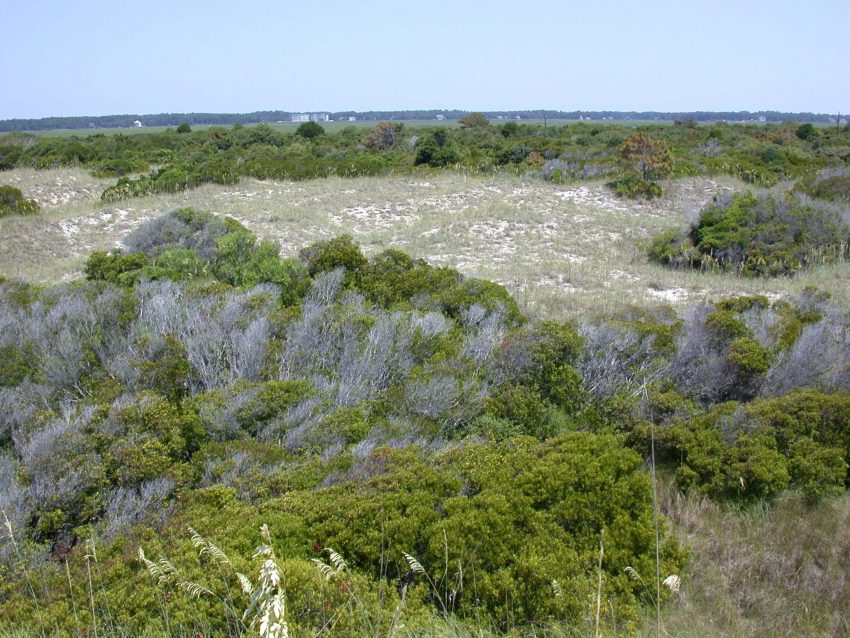
A mixture of vine, shrub, and tree species grows into a shrub thicket farther away from the effects of the ocean, where salt spray and temperature variations are lessened. The shrub thicket provides cover and protection for a variety of animals, including cotton mice, marsh rabbits, non-native red fox, opossums, raccoons, and white-tailed deer.
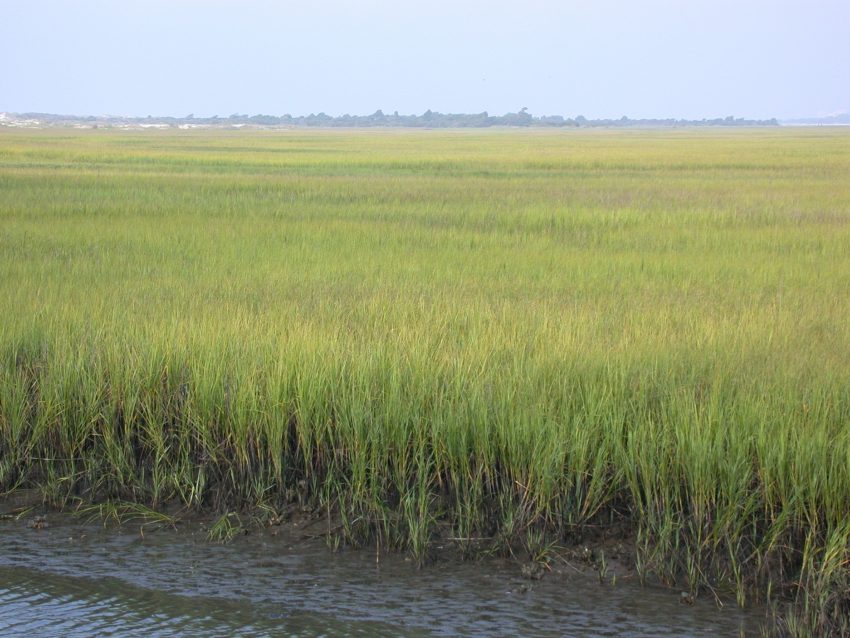
Salt marshes can be intertidal, flooding twice a day with the lunar tides, or supratidal, flooding only during spring or storm tides. A variety of plant species, including salt meadow cordgrass, sea ox-eye, and black needlerush, can be found in supratidal marshes. The dominant plant in the intertidal marsh, saltmarsh cordgrass, is able to adjust to drastic variations in temperature and salinity.
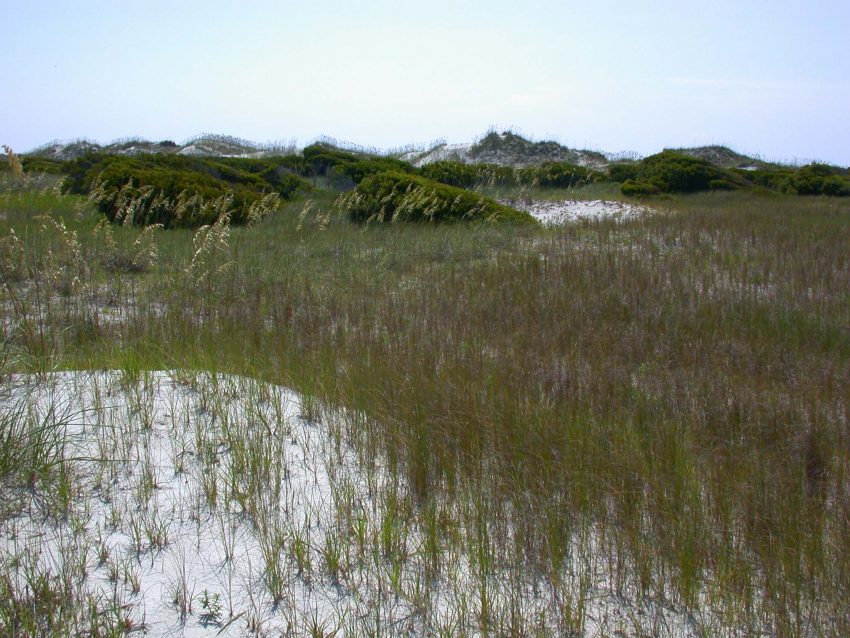
Grasslands are situated behind sand dunes, shielding grass and herb species from the ocean’s salty waves and winds. Seek for a range of species, including blanket flower, goldenrod, marsh fimbry, pennywort, prickly pear cactus, carex, saltmeadow cordgrass, and beach morning glory.
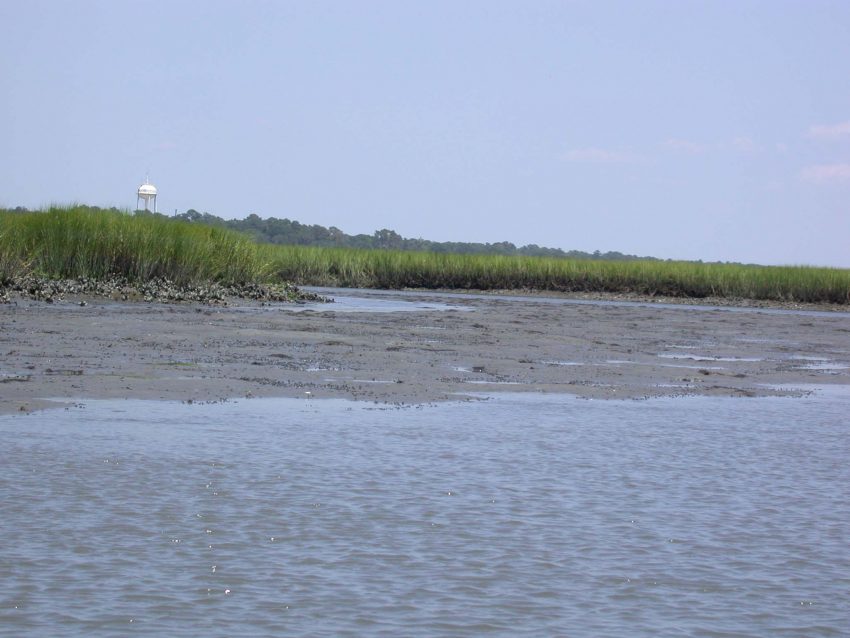
“Let progress be in keeping something that can never be created again.”
One of the few protected natural island areas in the mid-Atlantic region, Bird Island is the only undeveloped barrier island system that still exists in Brunswick County. More than a thousand acres of stunning salt marsh, high dunes, sand beaches, winding creeks, and a diverse range of flora and fauna can be found there.
Birds that Use the Beach
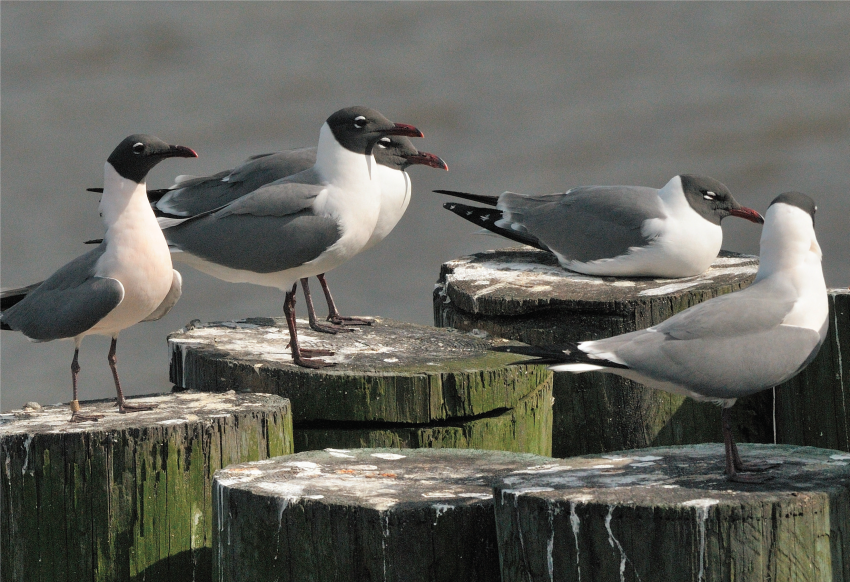
Laughing Gull © Harry Sell
Laughing Gull © Harry Sell
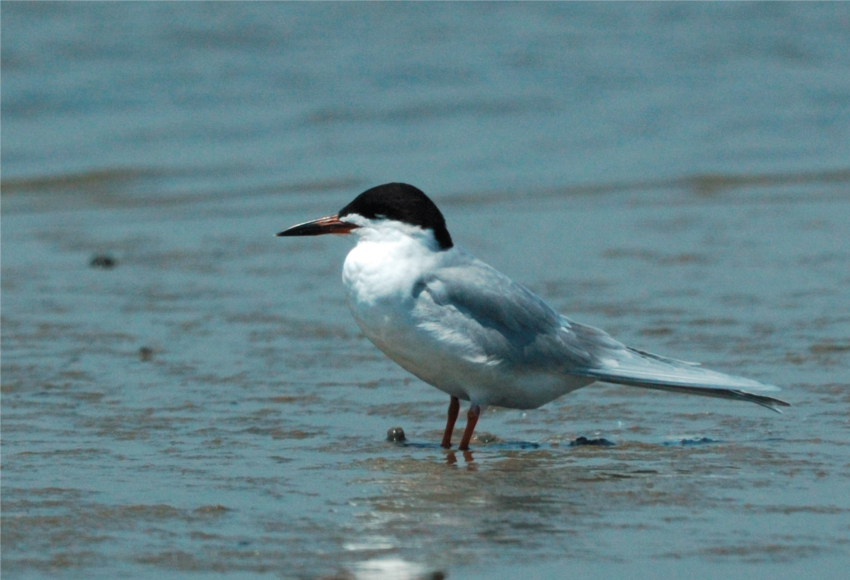
Common Tern © Harry Sell
Common Tern © Harry Sell
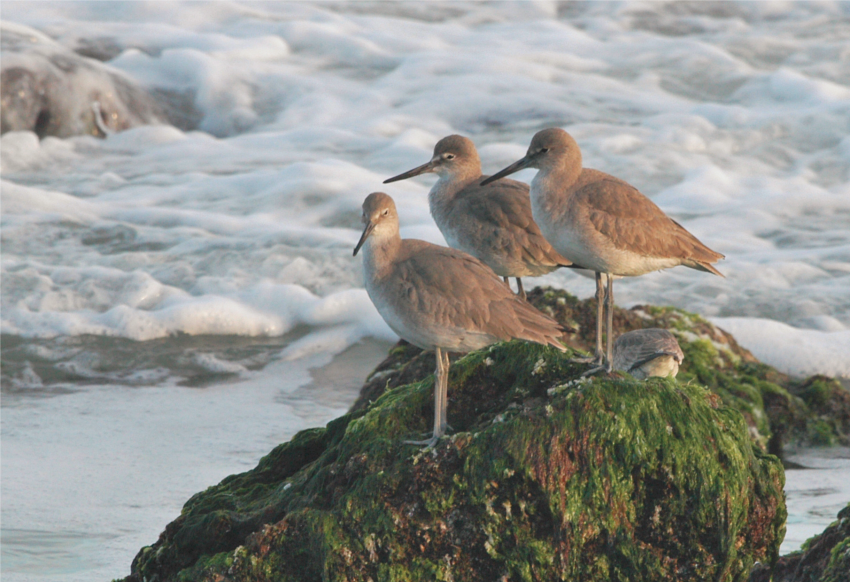
Willet © Harry Sell
Willet © Harry Sell
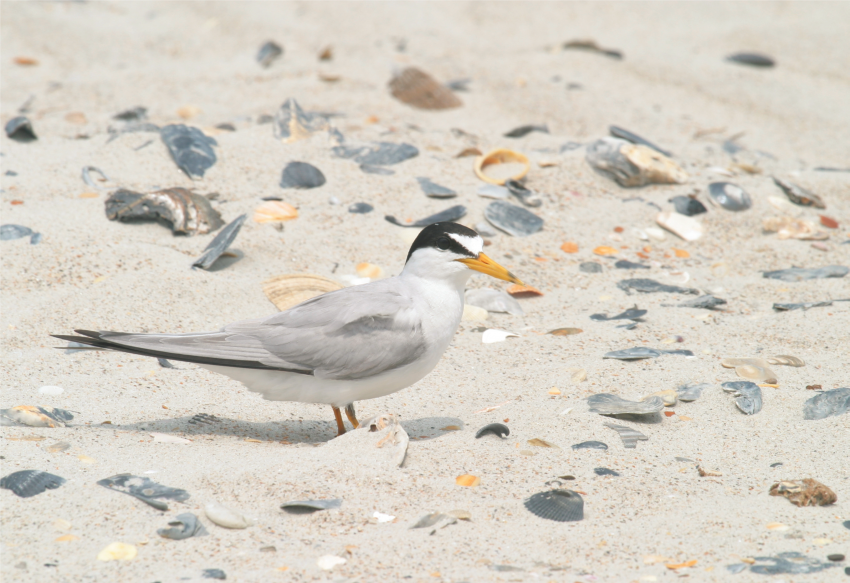
Least Tern © Sam Bland
Least Tern © Sam Bland
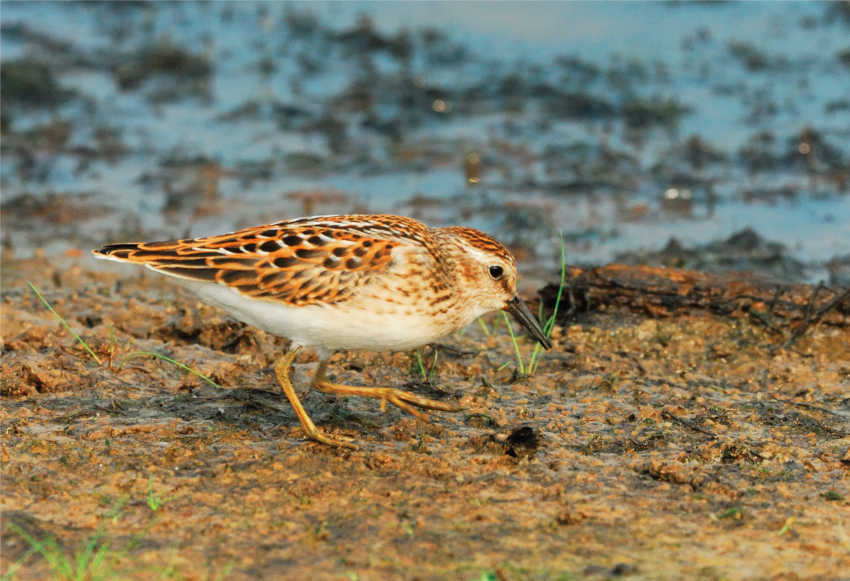
Sandpiper © Harry Sell
Sandpiper © Harry Sell
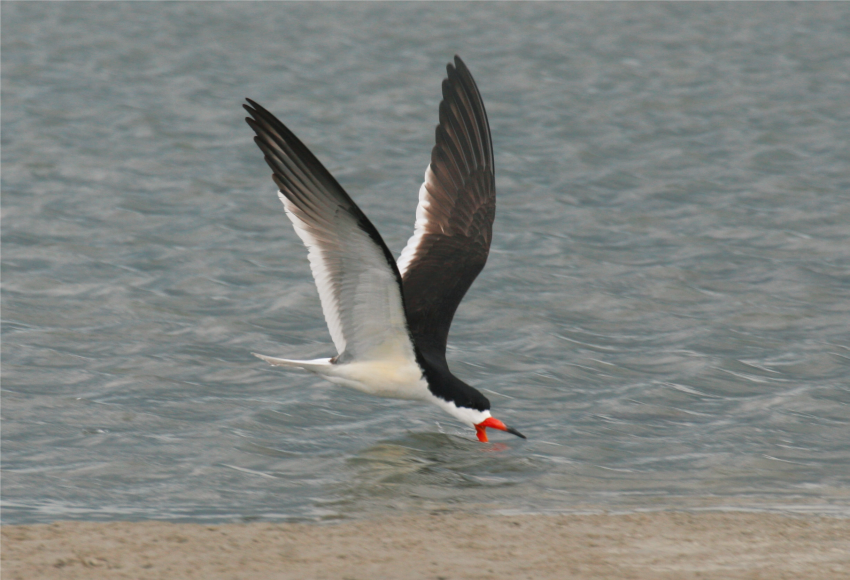
Black Skimmer © Sam Bland
Black Skimmer © Sam Bland
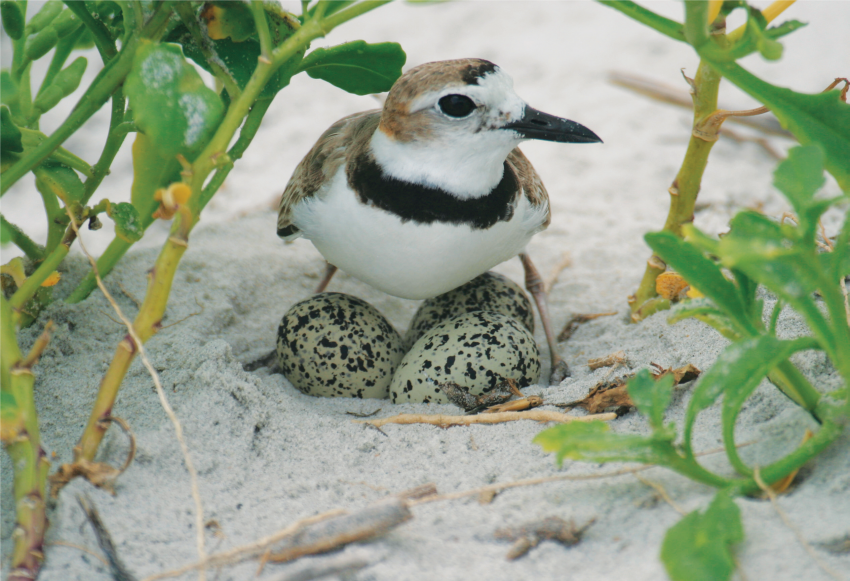
Wilson’s Plover © Sam Bland
Wilson’s Plover © Sam Bland
FAQ
Can you visit Bird Island NC?
Can you walk to Bird Island from Sunset Beach NC?
Who owns Bird Island NC?
Where is the Bird Island?